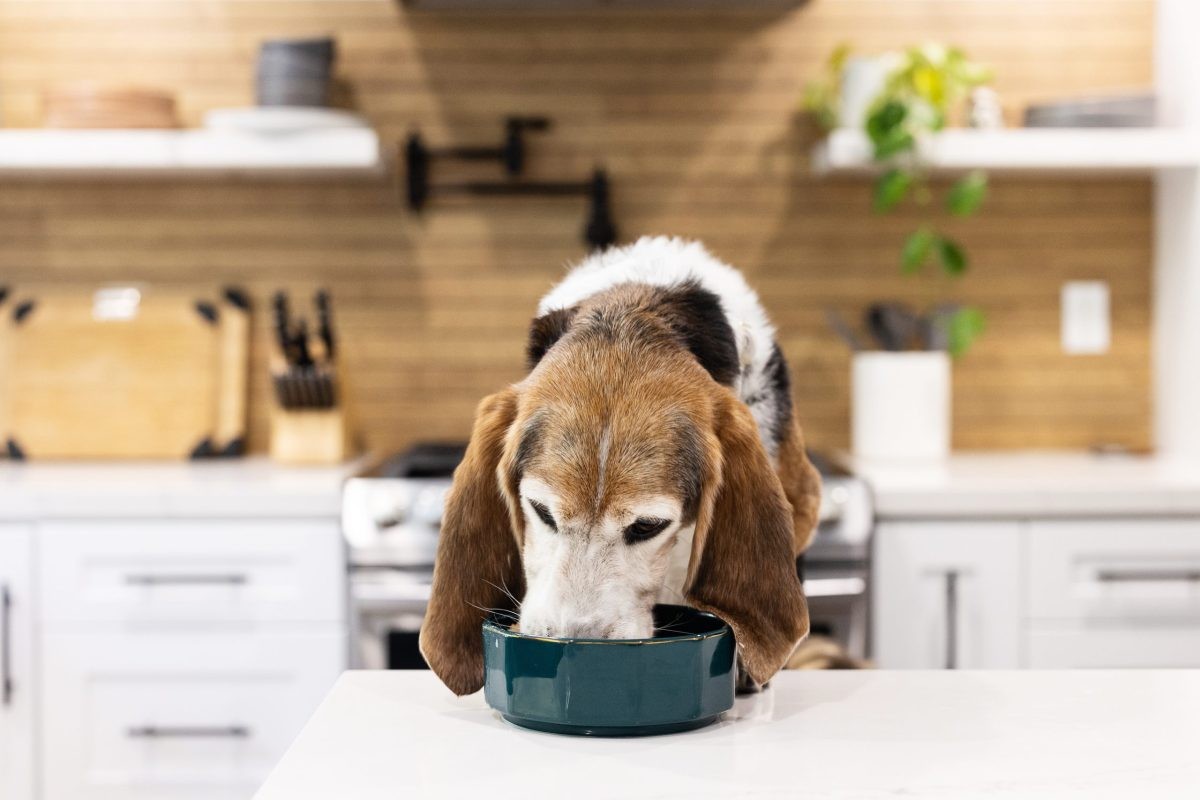
Unlike humans who thoroughly chew their food, dogs typically gulp down their meals with minimal chewing. This behavior stems from their evolutionary history as pack animals, where quick eating was crucial for survival. Dogs possess unique anatomical adaptations - 42 specialized teeth and highly expandable throats - that enable them to swallow large food pieces efficiently. Additionally, while human digestion begins in the mouth through enzyme-rich saliva, dogs' digestive process primarily starts in their stomachs, which contain acid 100 times stronger than humans. This fundamental difference explains why dogs can safely consume food with minimal mastication.
Do Dogs Chew Their Food?
Natural Eating Behavior
Unlike humans who chew thoroughly, dogs are naturally inclined to gulp down their food whole. This behavior stems from their pack mentality and survival instincts in the wild, where eating quickly was necessary to avoid conflicts over food and stay safe from predators. Dogs have specialized throat anatomy that allows them to safely swallow large pieces of food.
Biological Differences from Humans
Dogs' digestive process is fundamentally different from humans - while humans rely heavily on chewing and saliva enzymes to begin digestion, dogs' digestion starts primarily in the stomach. Their saliva lacks digestive enzymes like amylase, making thorough chewing unnecessary. Their pointed teeth are designed for gripping and tearing rather than grinding food, and their highly acidic stomach (100x stronger than humans) efficiently breaks down unchewed food particles.
Why Dogs Naturally Don't Chew Their Food
Protective Instinct and Environment
While the previous sections covered biological aspects, environmental factors significantly influence dogs' gulping behavior. According to research, multi-dog households can trigger faster eating as dogs instinctively fear competition for food. Even bowl materials impact behavior - metal or glass bowls creating noise from collar tags can startle dogs into eating faster. Dogs also lack humans' ability to savor food, focusing instead on quickly filling their stomachs.
Digestive Adaptation
Unlike humans who rely on thorough chewing, dogs have evolved specialized digestive capabilities. As noted by veterinary experts, their stomachs can expand significantly to accommodate large amounts of barely-chewed food at once - an adaptation inherited from wolves who often went long periods between meals. Their digestive system efficiently processes unchewed food within 4-10 hours, with factors like hydration, diet quality, and exercise affecting digestion speed.
How Dogs Digest Food Without Chewing
Specialized Stomach Processing
While previous sections covered general digestive differences, the stomach plays a crucial role in processing unchewed food. Research shows that dogs' stomachs produce specific enzymes - pepsinogen, trypsin and chymotrypsin - that efficiently break down whole food chunks into a mushy substance called chyme. This highly acidic environment compensates for minimal oral processing.
Rapid Transit System
Unlike humans' lengthy digestion, dogs have evolved an accelerated system for processing unchewed food. According to experts, food moves through their shortened intestines in just 6-8 hours total - the fastest of any mammal. Their small intestine's specialized villi quickly absorb nutrients from barely-processed food chunks. The large intestine then produces mucus to facilitate swift waste removal, completing the efficient processing of swallowed food pieces.
Do Dogs Need to Chew Their Food?
Safety and Health Considerations
While previous sections covered natural behaviors, research shows that controlled eating pace benefits digestion. According to experts, extremely rapid eating can sometimes lead to choking or upset stomach, though dogs' anatomy generally handles unchewed food well. To encourage safer eating, moistening kibble with water or using larger kibble sizes can naturally slow consumption without forcing unnatural chewing behavior.
Optimal Feeding Environment
Building on earlier discussions of instinctive behaviors, setting up proper feeding conditions helps regulate eating speed naturally. Studies indicate that elevated food bowls positioned closer to mouth level reduce protective instincts and gulping. Using wide, shallow bowls with single layers of food, rather than deep bowls with stacked food, prevents dogs from taking oversized mouthfuls while still accommodating their natural eating style. This creates a relaxed atmosphere that balances instinctive quick eating with safe consumption.
Conclusion
Research clearly shows that dogs naturally do not chew their food extensively, which is both normal and healthy given their unique biology and evolutionary history. Unlike humans, dogs have specialized digestive systems with highly acidic stomachs that efficiently process unchewed food, pointed teeth designed for tearing rather than grinding, and rapid digestive transit times. This gulping behavior stems from their pack mentality and survival instincts inherited from their wolf ancestors.
While dogs are well-adapted to eating without much chewing, their eating environment can impact their consumption speed and safety. Simple adjustments like proper bowl positioning, appropriate kibble size, and creating a relaxed feeding atmosphere can help regulate extremely rapid eating while still accommodating their natural feeding style. The key is working with, rather than against, dogs' inherent eating behaviors while implementing reasonable safety measures to prevent issues like choking or digestive upset.